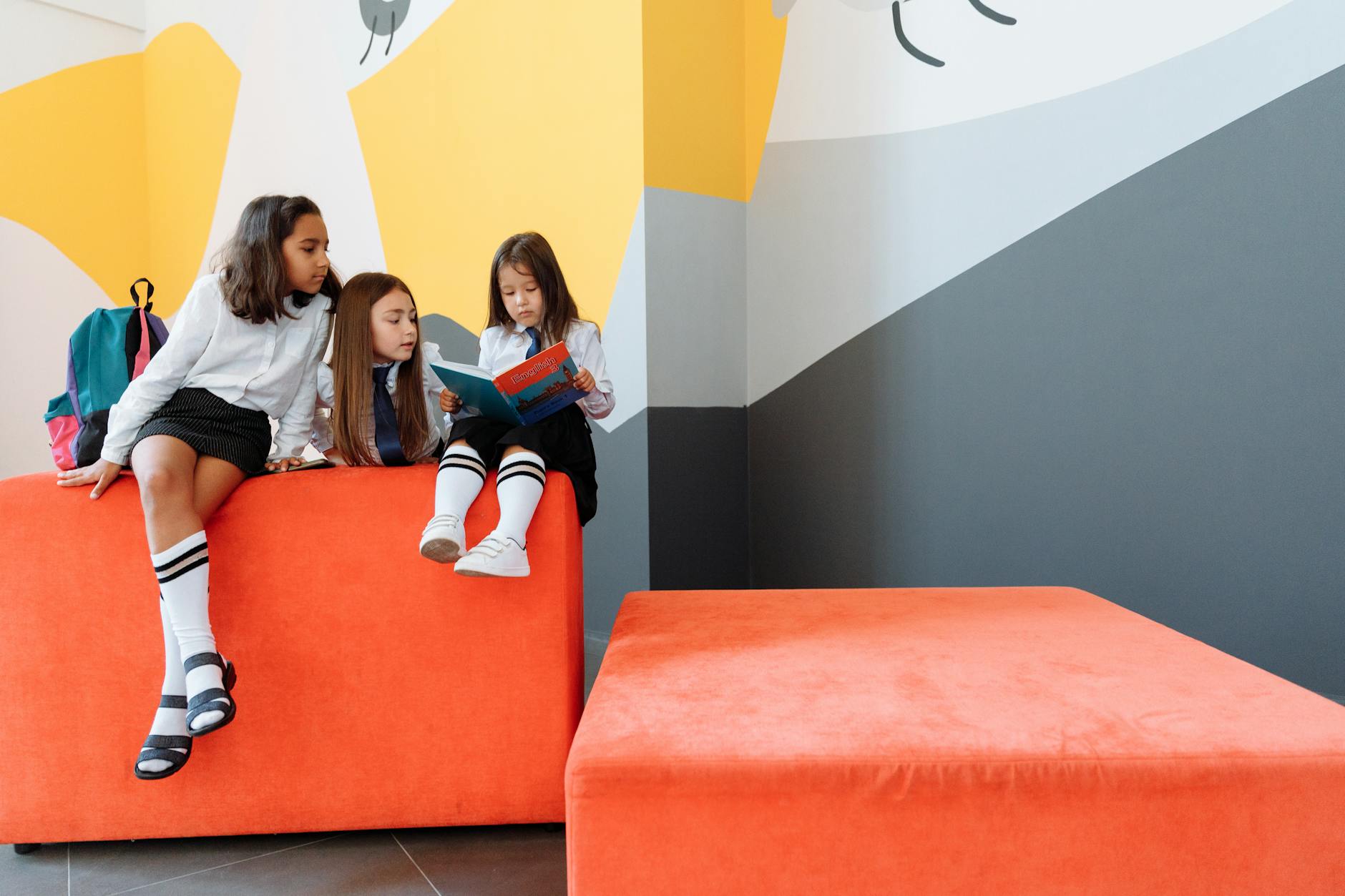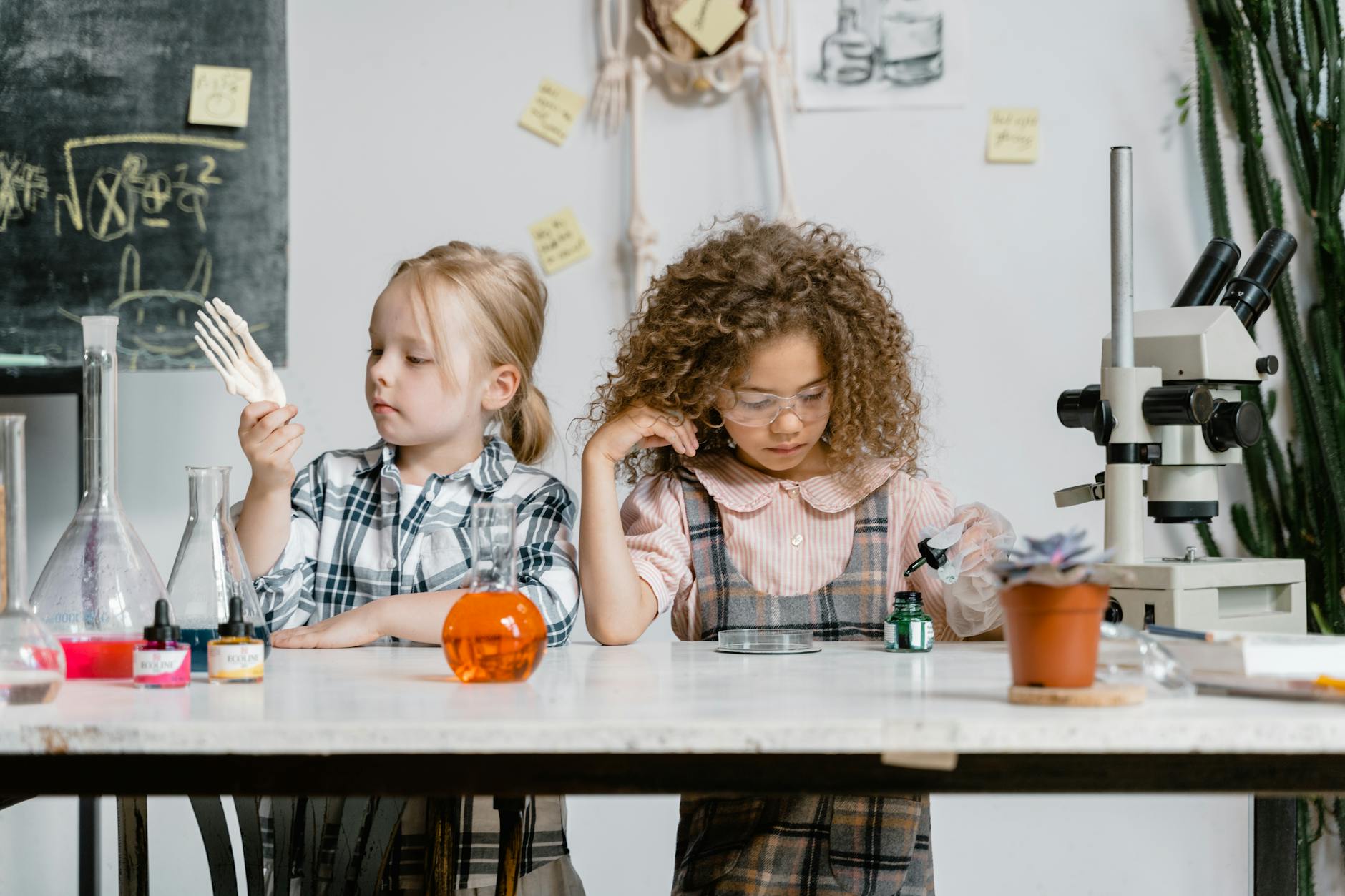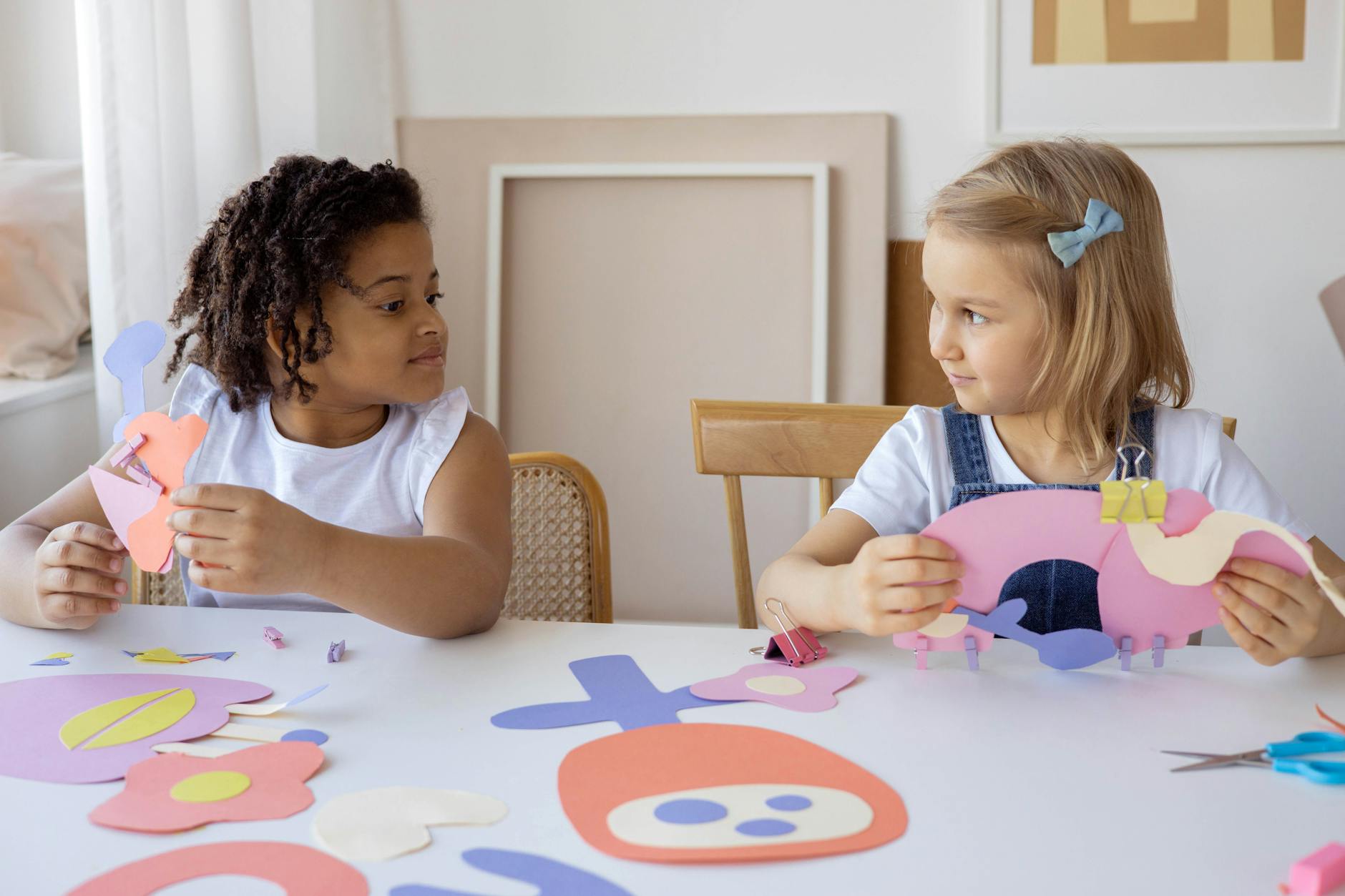Why Early Childhood Education is an Untapped Resource for Creatives in Australia

Exploring Creativity in Early Childhood
The Role of Imagination
As I meander through the vibrant tapestry of Sydney's creative scene in Surry Hills, it dawns on me how imagination is the lifeblood of creativity, particularly in early childhood. Visual stimulation is abundant, reminiscent of the vivid landscapes that young minds often conjure. Imagination isn't merely play; it's a cognitive tool vital for problem-solving and innovation. In children's formative years, fostering such vibrant creativity can build a solid foundation for learning aged care training. Through imaginative play, children preview future skills that will be crucial in professional landscapes like the creative hubs in Surry Hills or even beyond.
Developmental Milestones
Each child's development is a unique artistry. Reflecting on developmental milestones, akin to stepping stones in an artist’s work, you see how closely imagination interweaves with learning stages. These milestones mark where a child begins to see the world differently, much like discovering hidden nuances in art exhibits at the Art Gallery of New South Wales. Recognising these milestones is crucial, almost like understanding the subtle yet powerful stroke of a painter’s brush. Whether through storytelling, explorative play, or early engagement in mental health courses, each step is an opportunity for growth.
Fostering Creative Expression
Creative expression isn't just nurtured; it's ignited, just like the inspiration artists find in Sydney's artistic enclaves. For young learners, it's about exploring different textures, sounds, and media, encouraging them to express their inner worlds boldly. Activities like painting, dance, and music align with the educational essence found in Redfern's vibrant art scene, prompting children to communicate their emotions in unrestricted ways. This holistic approach fosters an environment where learning becomes as dynamic and fulfilling as attending a live art installation.
Benefits for Australians
Enhancing Cognitive Abilities
Drawing inspiration from the vibrant creative scene at Surry Hills, I find that enhancing cognitive abilities in children often mirrors the process of creating art. When children engage in problem-solving and imaginative play, it’s akin to preparing for an art exhibit at the Art Gallery of New South Wales. This dynamism in learning enhances neural connectivity, allowing for cognitive growth. Encouraging this development at an early age is essential, as it lays the groundwork for advanced thinking skills.
Boosting Emotional Well-being
Immersing oneself in creative activities fosters not only cognitive but emotional development as well. Reflecting on the synergy seen in creative hubs in Redfern, I’m reminded of how early childhood education can significantly boost a child’s emotional well-being. Engaging in art, storytelling, or music provides a safe outlet for expressing emotions, promoting mental health from a young age. The emotional resilience cultivated through these activities could be likened to the skills gained through a certificate iv in mental health, providing lifelong benefits.
Building Social Skills
In the larger picture, these creative frameworks are instrumental in building social skills. Much like collaborating on a community mural, children learn to communicate, share, and empathize with others. Through educational activities in early childhood education settings, kids develop essential social skills that form the foundation of their future interpersonal interactions. These experiences help prepare them for diverse social environments, equipping them with the capability to navigate complex social landscapes with confidence.
Educational Approaches
Play-Based Learning
In the vibrant sphere of Surry Hills, where creativity flows like watercolour on canvas, the concept of play-based learning springs to life. This approach is more than a teaching method—it's an artistic blend of imagination and discovery that echoes through child care courses. Play-based learning allows children to explore the world with curiosity, fostering a rich tapestry of cognitive and social skills. As an advocate for creativity, I see this as the ideal medium to support both traditional schooling and unique artistic pursuits.
Artistic Activities
Artistic activities serve as a brushstroke on the canvas of a child's development, inspiring colourful expressions and emotional depth. Whether it's finger painting or simple collage work, these activities unlock new realms of possibilities. In the footsteps of the renowned exhibits at the Art Gallery of New South Wales, children discover their artistic potential early on. Introducing such elements in cert 3 childcare programs can cultivate an environment where young individuals can thrive artistically, fostering self-expression and confidence.
Collaborative Projects
Nothing quite channels the creative energy seen in Redfern’s creative hubs like collaborative projects in a classroom setting. These projects demonstrate the power of teamwork, communication, and collective problem-solving. Imagine a group of children building a model city or a puppet theatre. Such initiatives provide hands-on experiences that anchor theoretical learning in real-world contexts. Creative thinkers across various educational backgrounds appreciate this approach for its ability to develop essential life skills and spark innovation.
Overcoming Challenges
Addressing Resource Limitations
As someone deeply entrenched in the creative landscape, I empathise with the challenges of limited resources in the educational space. In settings reminiscent of creative hubs in Redfern, where inspiration pulses around every corner, the struggle is real to enhance educational programs such as a diploma in early childhood education. It's essential to do more with less by tapping into community resources and fostering partnerships with local businesses that can offer materials or expertise.
Incorporating Diverse Learning Styles
Every child is unique, much like the diverse expressions found in the art exhibits at the Art Gallery of New South Wales. Adjusting to diverse learning styles requires educators to be flexible and innovative. Consider integrating sensory activities that resonate with a variety of learners. Programs like a cert 3 in individual support can also offer insights into tailoring educational approaches to meet individual needs effectively.
Navigating Parental Expectations
Communicating effectively with parents, who often have high hopes, is crucial. Opening dialogues about educational goals and the methodologies employed can alleviate concerns. Showcasing success stories and outcomes helps build trust and ensures everyone is on the same creative wavelength. Ultimately, facing these challenges head-on allows us to nurture a generation ready to explore their imaginations and capabilities to the fullest.
Empowering Educators with Strategic Resources
Encouraging Innovative Risk-taking
As someone who thrives in the vibrant art scenes of Surry Hills, I understand the thrill of pushing boundaries. For educators, fostering this same innovative spirit is pivotal for nurturing creativity in young minds. Imagine a classroom where experimentation is celebrated—teachers can encourage students to step outside their comfort zones, attempting unconventional methods to problem-solve and express themselves. This isn't just about building skills; it's about bolstering resilience and open-mindedness.
Building Inclusive, Diverse Learning Spaces
The creative hubs in Redfern serve as a testament to the power of diverse environments. Educators can emulate this by promoting inclusivity in classrooms, ensuring that every child feels valued and heard. By celebrating cultural backgrounds through diverse learning styles, we provide students the canvas they need to paint their narratives. It's about crafting a space where questions and curiosity are the norm, and every student’s voice is integral to the collective tapestry of the learning ecosystem.
Utilising Community Assets
In the spirit of the art exhibits at the Art Gallery of New South Wales, educators can enrich their teaching by tapping into local resources. This could involve collaborating with local artists or organising workshops that bring real-world creativity into the classroom. By leveraging community assets, educators not only enrich the student's learning experience but also weave a richer tapestry of support and inspiration, echoing the interconnectedness found in Sydney's artistic communities.
Such dynamic approaches in education can transform classrooms into incubators of creativity, ready to charge young professionals with the zest needed to thrive in tomorrow’s world.


